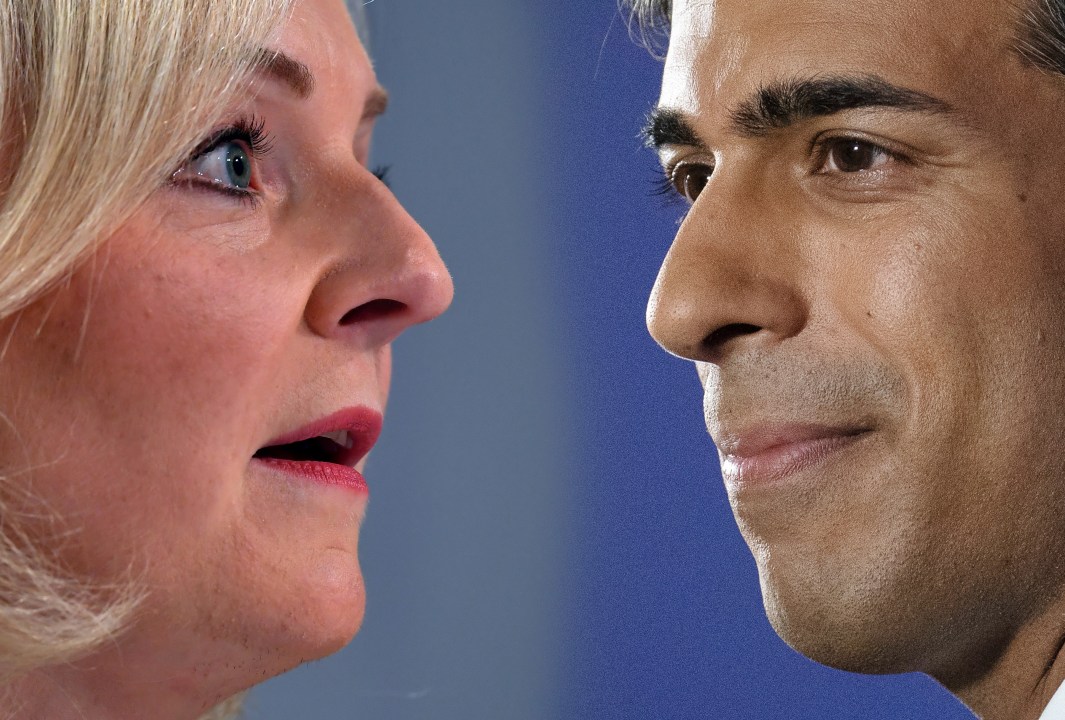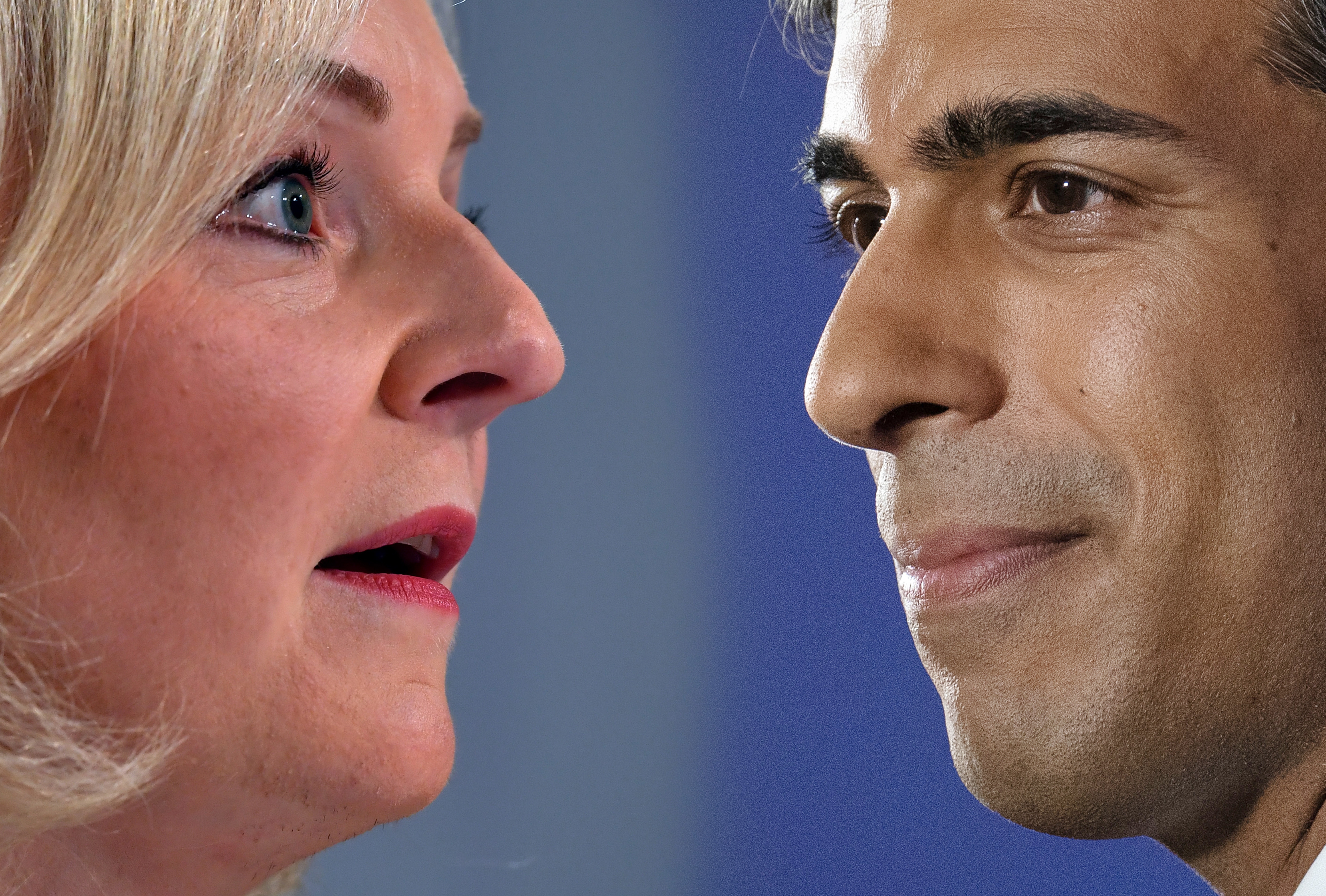The Tory leadership race is becoming a test of patience. Today Rishi Sunak has laid out his plan to slash tax: not in a matter of days or weeks, as Liz Truss has pledged to do, but by the end of the next parliament. He’s promised to reduce the base rate of income tax by 20 per cent, by taking 1p off income tax in 2024 (as already pledged) and an additional 3p over the next parliament.
As Fraser Nelson notes on Coffee House, the timing of this announcement is working against him: it’s easily characterised as a u-turn on tax cuts, when in truth the former Chancellor is far more interested in reducing the tax burden than perhaps his time in the Treasury conveyed. Team Sunak was always planning to hold back his bigger policy announcements for later in the campaign. Having won the confidence of MPs early on, the strategy was to save the eye-catching pledges for the grassroots. But Liz Truss stormed ahead quicker than most anticipated.
As Sunak tries to catch up on the campaign trail, it is increasingly clear that the biggest distinction between the two candidates is not a desire to cut taxes, but the time frame in which they’ll do it. Truss’s selling point is simple: Tory members who want to see their payments to HMRC reduced quickly should cast their vote for her. It’s a compelling offer, made more enticing by the rising costs of just about everything – food, energy, transport, clothing. With inflation running rampant, and much of it out of Whitehall’s control, a pledge from Truss to reduce tax essentially overnight has obvious appeal.
But Sunak continues to bet on the multifaceted concerns of the Tory grassroots, including the state of the public finances. By breaking the tax cuts down into increments – each pence off the pound amounts to roughly £6 billion in revenue – he’s hoping to win over the voters who want tax cuts, but also want the confidence that the cuts are sustainable. Sunak’s tax proposals are based on the Office for Budget Responsibility’s growth forecasts, which are rather measly – 2.1, 1.7, then 1.7 per cent again for 2024-25, 2025-26 and 2026-27 respectively. If Sunak can convince Tory members that his plans for growth will improve these figures, but in the worst-case scenario the tax cuts are still costed, he might start to turn the tax narrative in his favour.
Still, if a voter’s top priority is the tax burden, Truss’s campaign is likely to appeal more. But it also requires one to assume that the £30 billion of fiscal headroom is going to be ready and available to go on tax cuts when Truss would enter No. 10. That is becoming a harder sell by the day, as inflation continues to rise and as speculation grows over Ofgem’s next energy price cap hike.
It’s near impossible to see a scenario where the next government doesn’t provide another support package to get households, especially the most vulnerable, through the autumn and winter. Assuming it will reflect or go above and beyond the packages so far, the support could amount to half the current headroom – or more.
But whether tax promises and fiscal reality stack up may not be seriously queried until after a new leader takes up the post. It’s what Sunak is trying to draw attention to in this race. He must succeed at doing so, if his campaign is going to catch up to Truss.








Comments